|
Trinidad & Tobago may only be 7 miles off the coast of Venezuela but the country that's had an outsize influence on its food is India. Foodways historian Ramin Ganeshram explains how that came to be.
The best part of the childhood summers I spent on my father's home island of Trinidad was trailing behind him on his visits to the market to shop for his older sisters. All around us, tables were laden with the riotous hues of red Scotch bonnet peppers, orange pumpkins and mangoes, yellow bananas, rich purple eggplant, green long beans—called by their Hindi name, bodi—bitter melon, spinach and other edible leaves. Sometimes the colors were so bright they hurt your eyes. My favorite stop, though, was one particular spice stand—I've long forgotten the name, it was 40 years ago, after all—with its huge barrels of spices: cardamom, turmeric, cinnamon, cumin. The owners, three brothers of East Indian descent, sold their wares with a singularly Trinidadian marketing technique—by freestyling calypsos (storytelling songs native to the island) about the superiority of their spices. In those days, many folks were still mixing their own curry— a key ingredient in much of the island's cuisine. The brothers had their own special blend, a recipe that had been a part of their family since their ancestors first arrived in Trinidad as indentured laborers in the 19th century. Their story is similar to my family's. At least three of my father's grandparents traveled from Punjab, India, to Trinidad in the 1850s. As bonded field workers, they farmed sugar and cocoa fields for the English who, needing an other cheap source of labor following the end of slavery in their colonies, looked to other brown nations like India and China. Along with half a million others, theirs was a story of British imperial hegemony, which moved Indian people across the globe as indentured laborers to places like Trinidad and Guyana in the Western Hemisphere and Fiji and Mauritius in the Southern Hemisphere. In the Caribbean, my Indian ancestors took over where slavery left off. My great-grandparents' immigration was a forced one, the details of which are murky. Poverty, starvation, oppression and deception all surely played a part. Once they arrived in Trinidad, they suffered the brutality of the plantation system. Still, they found ways to sustain their heritage by retaining their languages (which became pidginized in later generations), wearing native clothes and worshiping their gods. India remained a distant memory kept alive by the foods they eked out despite desperate poverty. Curry became a stand-in for Indianness at large. Ingredients like rice, turmeric, cardamom, yogurt and ghee, along with typical Indian cooking techniques, melded with local produce in new ways. Today, nearly half of the population on the island claims Indian roots. In both its people and its cuisine, Trinidad is an organic fusion. Here, the flavors from the subcontinent have married with those from West Africa, China and Syria and of the Indigenous people. Curry is still a foundational flavor, and everything from fruits and vegetables to meat, fish and wild game gets equal opportunity in the curry pot. For most Trinidadians, Indian culture is simply part and parcel of the nation. Colette Cyrus Burnett, a chef and CEO of Global Food Warrior, which strives to make local food systems more affordable and accessible, grew up in Chaguanas, an area in central Trinidad that is known for its strong Indian roots. Although largely AfroCaribbean, she recognizes TrinidadIndian food as core to the national identity. "We never saw any distinction in our kitchen. It was never 'East Indian' food to us," she says. "It is just home food, a part of our collective culture that warms our hearts and bellies." And so it is for me. When I cook a dish that I learned from my father, I'm transported back to those summers on Trinidad. The tangy tamarind sauce spooned over fish, the aroma of curry in doubles and the smoky flavor of roasted eggplant, all speak to this diverse nation's deliciously complex history. (Source: Eating well, Ramin GaneshramFebruary 18, 2022)
0 Comments
 After presenting under his namesake label, Maximilian, in the Fashion East showcase during London Fashion Week for the second and final time, Maximilian Davis is taking on new territory. The Italian fashion house Salvatore Ferragamo has recently appointed Davis as the brand’s new Creative Director. “I am deeply honored to be joining Ferragamo, and grateful for the opportunity to build on the rich and profound heritage of the house,” said Davis in a press release. “Ferragamo represents a dedication to timeless elegance and sophistication that I find incredibly inspiring. I’m looking forward to articulating my vision, elevated by the codes of Italian craftsmanship, quality and innovation.” Davis is known for referencing his Trinidadian heritage under his eponymous label, and his signature Harlequin print has become one of the distinctive, identifiable House codes in the industry. It will be most interesting to see how Davis will infuse his perspective and Black culture into the coming collections for the Italian House that is known for its footwear and leather goods. Reports say Davis will be putting his namesake label on hold to focus solely on his new role. Marco Gobbetti, CEO at Salvatore Ferragamo, expressed in the release, “I am delighted to welcome Maximilian at the House of Ferragamo. The clarity of his vision together with the level of execution and his powerful aesthetic make him one of the most brilliant talents of his generation. His work is defined by elegance, refined sensuality, and constant commitment to quality. Through his lens of contemporary sensibility, he will write a new, exciting chapter for this house built on a heritage of creativity, craftsmanship, sophistication, and outstanding human values.” The appointment of Davis as Ferragamo’s new Creative Director also marks a historical moment in the company’s history as he becomes the first Black Creative Director to ever lead the Italian fashion house – his appointment will officially begin on March 16th. (Source: Essence, March 14, 2022) In commemoration of the 142nd Anniversary Celebrations of Princes Town. Author : Angelo Bissessarsingh
In 2014, my friend and fellow historian, Richard Charan and I , embarked on an epic journey to find the remains of a long-forgotten 19th century sugar baron, Harry Darling, and in the process, unearthed stories of the Princes Town area that were documented In his parent paper and provided a valuable insight into how life was in those times. I assisted his researches and in the process stumbled upon some interesting gravestones in the unkempt and vandalized cemetery of the St. Stephen’s Anglican Church. They all stood in a forlorn cluster, away from the tombs of sugar planters, old parishioners and other prominent persons. The weathered and barely legible inscriptions were also noteworthy and showed some age, a couple examples being “In Memory of Frederick Maing, died 1st March 1905” and “In loving memory of our dear George Amow, died September 12th 1895 aged 38 “. Each marker, aside from the English epitaph,had Chinese script engraved on the marble tablets. Across town in the slightly better maintained graveyard of the Holy Cross Roman Catholic Church was another fascinating marker which used Scottish firebrick and Spanish clay tiles to create a rude pagoda which enclosed the remains of Louis Atteck who died on the 12th of September 1888. It is possible that Louis was an ancestor of the late Sybil Atteck whose artistic genius brought Trinidad and Tobago into the realm of modern art. Princes Town itself began life as the Mission of Savanna Grande. Founded in 1687 for the conversion of Amerindians to Christianity, it remained a sleepy village of First Peoples until the final disbanding of the mission in 1840. The Amerindians receded into history to make way for King Sugar. The Naparimas were the richest sugar lands in the island and Savanna Grande was its inland capital. Connected to the port of San Fernando by the island’s first railway in 1847 (the Cipero Tramroad), the settlement was a rip-roaring one where sugar planters mingled with ex-slaves, indentured immigrants from India and of course, the Chinese. The presence and industrious nature of the latter was noted by Charles Kingsley when he visited in 1870: “Then to church at Savanna Grande, riding, of course ; for the mud was abysmal, and it was often safer to ride in the ditch than on the road. The village, with a tramway through it stood high and healthy. The best houses were those of Chinese. The poorer Chinese find peddling employments and trade about the villages, rather than hard work on the estates; while they cultivate on ridges, with minute care, their favourite sweet potato. Round San Fernando, a Chinese will rent from a sugar-planter a bit of land which seems hopelessly infested with weeds. The Chinaman will take the land for a single year, at a rent, I believe, as high as a pound an acre, grow on it his sweet potato crop, and return it to the owner, cleared, for the time being, of every weed. The richer shopkeepers have each a store : but they disdain to live at it. Near by each you see a comfortable low house, with verandahs, green jalousies, and often pretty flowers in pots.and catch glimpses inside of papered walls, prints, and smart moderator-lamps, which seem to be fashionable among the Celestials. But for one fashion of theirs, I confess, I was not prepared. All that could be told was, that the richer Chinese take delight in thus bedizening their wives on high days and holidays ; not with tawdry cheap finery, but with things really expensive, and worth what they cost, especially the silks and brocades ; and then in sending them, whether for fashion or for loyalty's sake, to an English church.” With all the commerce around, some Chinese became cocoa proprietors as well as merchants. The lands to the north and east of Princes Town (so called after a Royal Visit in 1880) were divided into many small estates of five and ten acres. These could be easily planted and tended with the expert labour of Venezuelan cocoa panyols and in the cocoa boom of the late 19th and early 20th centuries, guaranteed a good income. The conversion of many Chinese to Christianity in the Prince Town area is proof of how rapidly these hardworking people integrated into Trinidadian society, dispelling the stereotype of the Orientals being silent and aloof. Today, there are still descendants of the many Chinese who once were a force to be reckoned with in the Naparimas. - Angelo Bissessarsingh ( Historian & Researcher)
Life during crop time was characterized by lengthy days, punctuated at noon for a meal of rice or roti and talkaree under the blazing sun amid cut canes. And yet this was the necessary sacrifice for the children of the cane to escape the bondage into which their ancestors had tied themselves since 1845. Children of the cane grew up with hard, scratched palms from the endless chores of gathering firewood, tending livestock, or for the hapless many, work in the “grass gangs,” uprooting the tough weeds that sprang up among the rationing canes in the rainy season. Those whose parents could afford the uniforms and books usually went to the Canadian Mission (Presbyterian) school, of which there was one in almost every sugarcane belt village by the early 1900s. Although illiterate, the parents were aware that within these humble schools lay the escape from the cane.. 1940s photo, shows a young boy stripping a piece of cane with his teeth.. (Source: Virtual Museum of Trinidad and Tobago) The heap of coal on South Quay around 1910 A 1904 advertisement for the Archer business concerns Author : Angelo Bissessarsingh.
Port-of-Spain has one of the finest natural harbours in the world. Being almost completely landlocked, it is not susceptible to swells or powerful currents which would make for a dangerous anchorage. Its only failing is that the water was not deep enough for ships to draw alongside the quay, a dilemma which was not remedied until the construction of a deep water harbor in 1931. Nevertheless, the port was a busy place for ships calling from all parts of the world, and coaling was a major economic activity. With the coming of steamships in the 1820s, sailing vessels took a back seat although were not entirely obsolete. Some steamships even boasted masts and sails in case the boilers burst (a not uncommon occurrence due to poor metal castings). Trinidad was a great port of call for many large shipping lines including the Royal Mail Steamship Packet Company and the White Star Line, owners of the infamous Titanic. Local firms like Geo. F. Huggins and Trinidad Shipping and Trading Company also possessed their own steamships. With so many steamers around, an indispensable necessity was coal, and large quantities thereof. Lignite, a low-grade coal, occurs in Trinidad (Sangre Grande, Irois, Savonetta) and was identified in 1860 by geologists Wall and Sawkins. These lignite deposits, although substantial were never exploited commercially due to the low price of the commodity and high production costs. Manjack, a brittle form of graphite-matrix bitumen was mined profitably at Vistabella and Williamsville in south Trinidad from the 1890s to the 1920s. Despite these local sources, the bulk of the coal used in the colony was imported from England and the United States. Aside from use in steamships, coal was also indispensable for the railways of the island. The first local steam locomotive, the Forerunner, traversed the rails of the Cipero Tramroad between Princes Town and San Fernando as early as 1864. The Trinidad Government Railway began operations in 1876 and also needed coal since oil-fuelled locomotives would not appear until the 1920s. Added to this, large sugar manufacturing concerns had their own private railways leading to central factories at Orange Grove, Usine Ste. Madeline, Reform, Brechin Castle, Woodford Lodge and Forres Park. The English-creole Archer family,and its patriarch, speculator Julian H. Archer had been movers and shakers in the local economy for many years , being founders of the Trinidad Building and Loan Association and the Trinidad Fire Insurance Co. Established in 1872, the company did good business in the booming Trinidad economy which was riding the tide of high cocoa prices and a spike in production. William Stedman Archer, a son of Julian , diversified the family holdings to cater for the ever increasing need for coal. Although there were other importers of the fuel Archer’s Coal Depot soon seized the lion’s share of the market. This was so for several reasons. Firstly, Archer’s had a regular supply of the best quality coal, being a subsidiary of sorts of the Berwind White Coal Company which had its own mines in Pennsylvania, supplying a bituminous , high grade of coal which did not produce as much residue and smog as lower grade stuff. Originally stockpiled in the open air the fuel was eventually stored in a massive warehouse, since storing coal exposed to the weather reduced its combustibility. Secondly, the firm owned a fleet of tugs and barges which catered for the fact that larger ships could not dock alongside the St. Vincent St. Jetty, so Archer’s took the coal out to these clients. The business’s office was on Broadway and its warehouse at South Quay. The company was managed from 1912 by A. Cory Davies, an Englishman who had come out to the colony as a clerk in the Colonial Bank in 1895. The advent of the oil age in 1912 posed a not inconsiderable threat to the coal business, although wholesale displacement of steam engines by diesel engines was still at least three decades away. In 1913-14, Trinidad Leaseholds Ltd. began oil production at Barrackpore near Penal, and Forest Reserve near Fyzabad, with the crude being pumped to its refinery at Pointe-a-Pierre for conversion into gasoline. Regent Petrol, the brand produced by T.L.L was also sold by Archer’s who secured the distributorship for P.O.S where the motor car was becoming a popular sight on the road. The petrol was sold in large drums to motorists since there were no gas stations until around 1918. Archer’s coal depot was in business well into the 1930s until it closed for good. (Source: Virtual Museum of Trinidad and Tobago) |
T&T news blogThe intent of this blog is to bring some news from home and other fun items. If you enjoy what you read, please leave us a comment.. Archives
May 2025
Categories
All
|
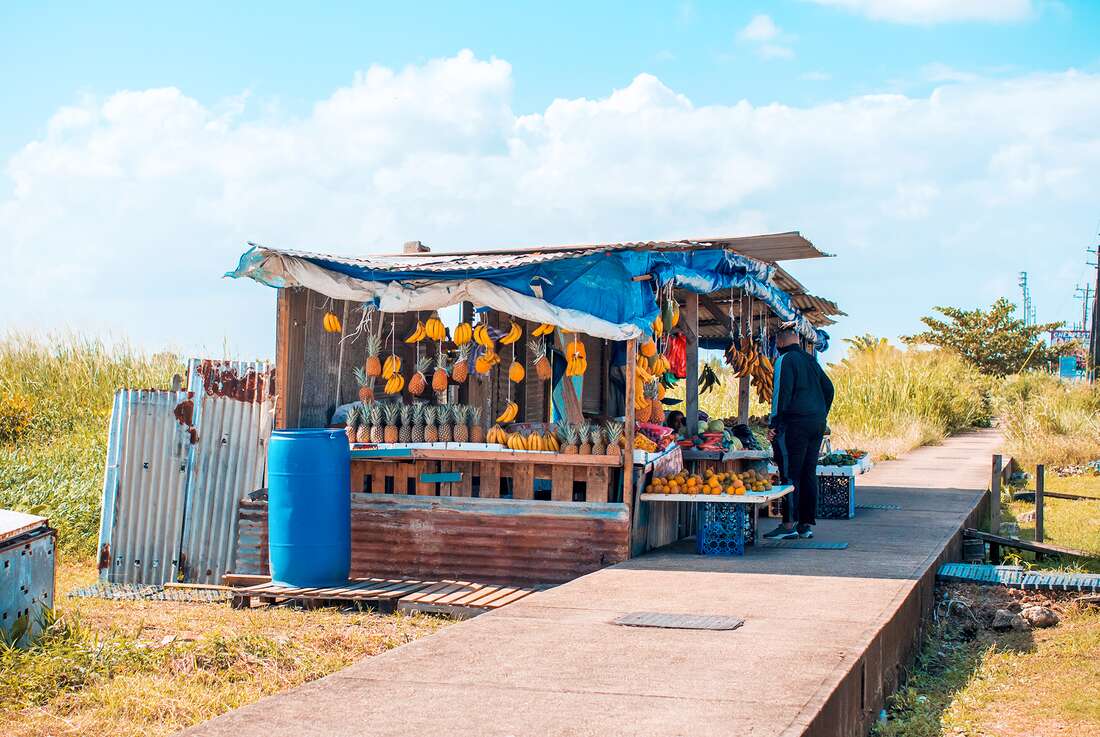
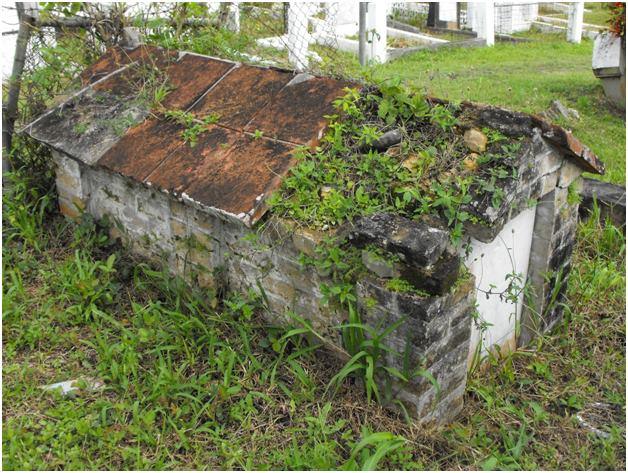
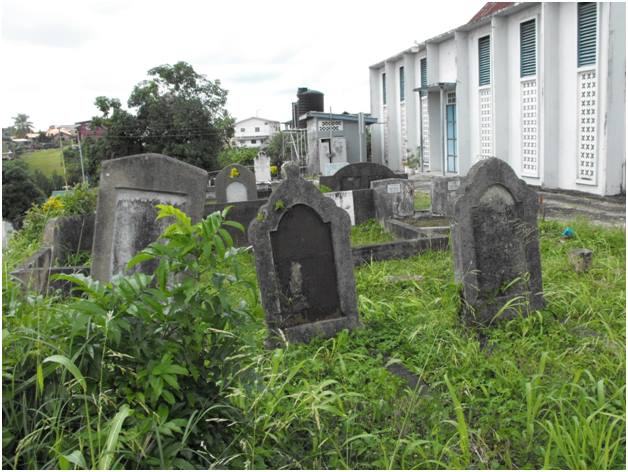
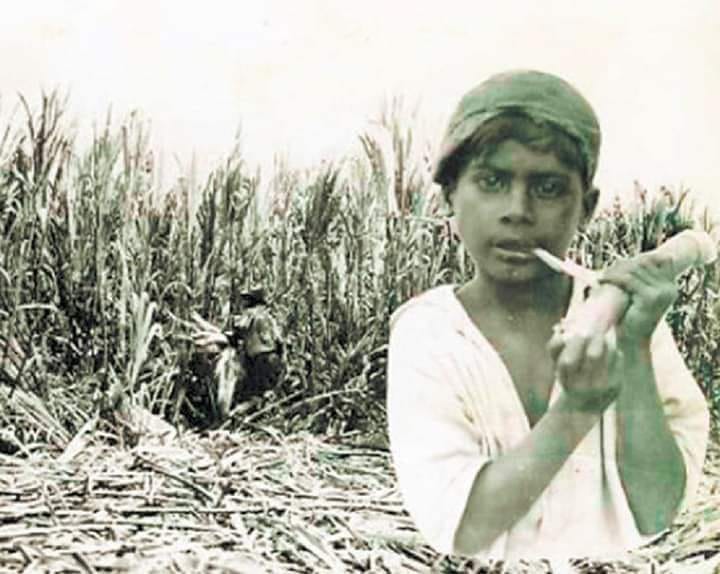
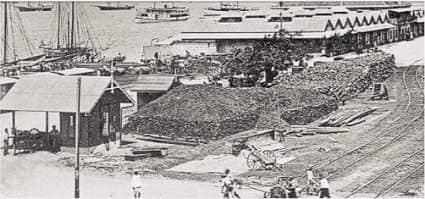
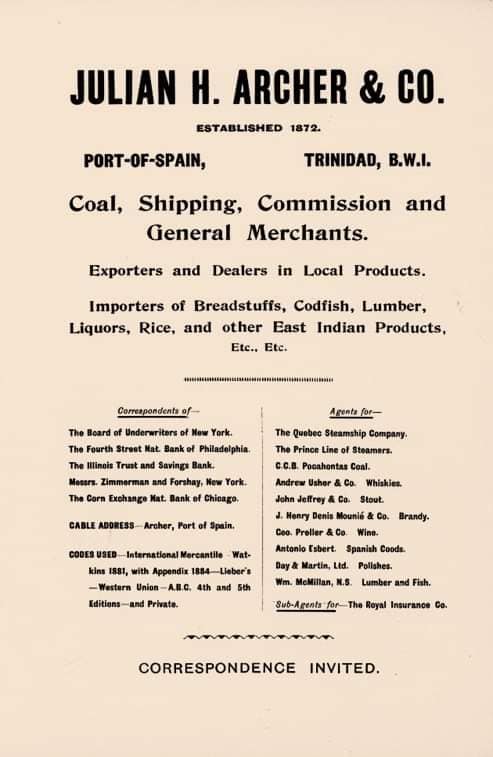

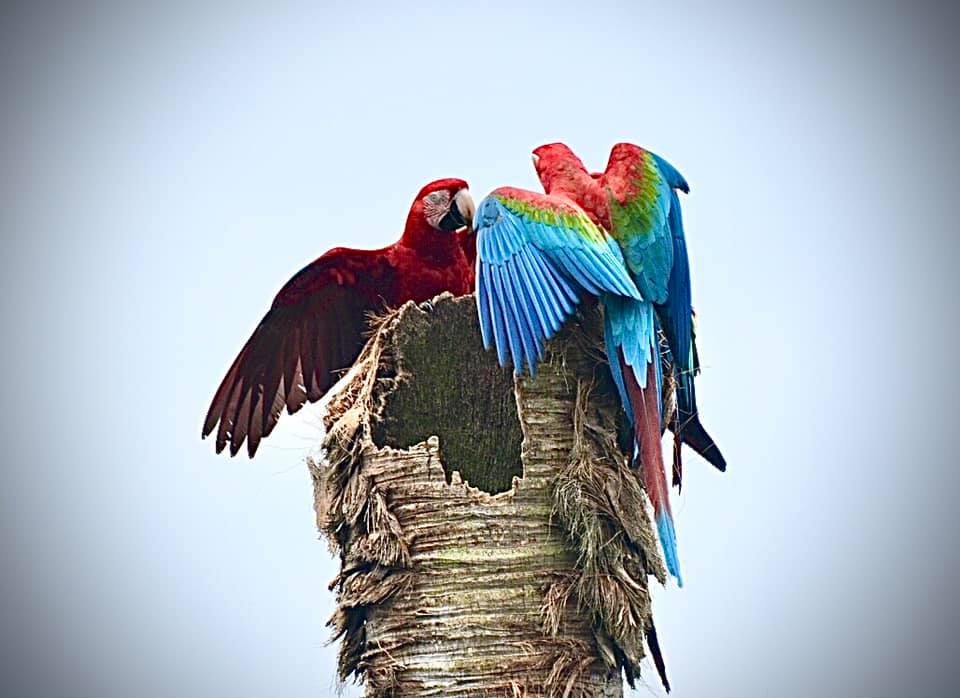


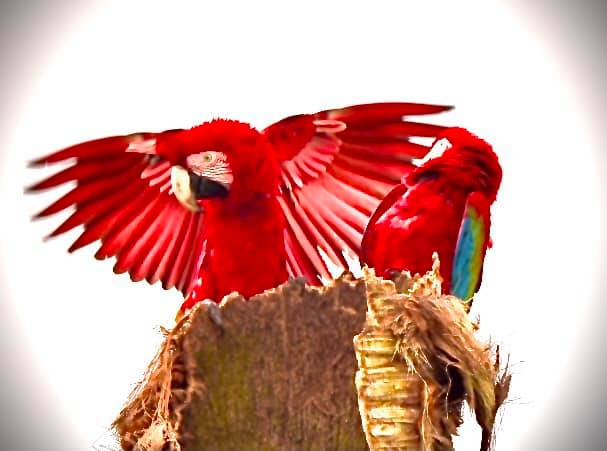

 RSS Feed
RSS Feed